Donate
Catastrophic is the word Irfan Ullah, a youth from Pakistan, uses to describe the loss and damage the country has suffered from climate change.
In June, torrential monsoon rains and record-breaking floods hit the South Asian country, resulting in the deaths of 1,719 people and forcing hundreds of thousands to relocate. Among the dead were 345 women and 641 children.
More than one-third of the country was left underwater. The United Nations estimates that the total cost for the floods climbed to $40 billion as water damaged or washed away 2 million homes. Seven million women and children still require immediate access to food.
Catastrophic – especially when you consider Pakistan’s role in climate change.
“Loss and damage caused by climate change is already affecting millions of children’s and youth’s lives, particularly girls and young women,” warns Ineza Umuhoza Grace,
the report’s lead author and researcher.
Across the world, women, children and young people from marginalized communities are the most affected by loss and damage from climate change
TAP TO WATCH VIDEO
@plancanada

What is loss and damage from climate change,
and why does it matter?
Words: Linda Nguyen
Design: Belle Vo
scroll
SOURCES
*STAT ONE
**STAT TWO
†STAT THREE



‡STAT FOUR
What is loss and damage?
”
“
Passing on the escalating impacts of human-induced climate change to future generations is a moral and leadership failure.
– From the
Frontlines report
The world is in trouble, and the cost of climate change will be staggering, says the report.
By 2030, the financial cost of loss and damage for developing countries is estimated to reach between $290 billion to $580 billion (USD) annually.
By 2050, that estimate is expected to balloon between $1 trillion to $1.8 trillion (USD) annually.
“The duty to act could not be more urgent,” writes Grace. “The rights and well-being of youth today, future generations and the planet are at stake.”
Why Money Talks When It Comes to Loss and Damage
Grace is also the global coordinator for the Loss and Damage Youth Coalition, a group of more than 500 youths from 40 countries. She worked closely on the report with Plan International Canada’s Kristen Ostling and Stu Solomon, along with Jessica Cooke from Plan International Global Hub.
“Pakistan’s contribution to greenhouse gas emissions is less than one per cent, but it is among the top 10 most vulnerable countries to climate change,” Ullah says in a newly released report by Plan International Canada. “It is time to make the polluters accountable for the loss and damage they are causing in developing countries and to move from solidarity to responsibility.”
Ullah is just one of the stand-out youth voices in From the Frontlines: Youth Call for Action to Address Loss and Damage Caused by Climate Change. The new report comes as world leaders are set to meet in Egypt from November 6 to 18 for the 27th Conference of the Parties to the United Nations Framework Convention on Climate Change (COP27).
How loss and damage is affecting millions of children and youth





“
– Vanessa Nakate, Uganda
As the climate crisis escalates, people are losing their lives, people are losing their livelihoods, people are losing their cultures – so there really is a need to put the people on the agenda.
What youth have to say about loss and damage
There is little doubt that the climate crisis is causing severe damage and irreversible loss for people and the planet. Extreme weather events – including floods, storms, droughts, heat waves and wildfires – are becoming more frequent and severe every year, leading to loss of life, land, coastlines, livelihoods, crops, livestock, ecosystems, biodiversity and infrastructure.
refers to consequences that are irreparable such as loss of life, biodiversity, cultural heritage, and Indigenous knowledge.
LOSS
is a term commonly used by the United Nations to refer to the destructive impact of climate change that cannot be avoided and go beyond what people and communities can adapt to. This can also include a lack of access to funds or resources in a community to deal with loss and damage.
Loss and damage
The impact of loss and damage from climate change is already being felt every day by youth and children around the world who are affected by growing economic insecurity, inequality, poverty, hunger, lack of access to education and health services, threats to livelihoods, risks of gender-based violence, and loss of loved ones.
countries and communities most affected by climate change by helping them assess their loss and damage risks and help develop action plans that take age, gender and intersectional considerations into account
Support
Support

for youth, who are underrepresented in the consultation and implementation
of developing climate plans
Engagement
Engagement

child and youth rights, gender equality and intergenerational equity as laid out in the Santiago Network on Loss and Damage, a directive that was established at COP25
Prioritization
Prioritization

from major emitting countries to implement funding and prioritize those most affected by loss and damage
Commitment
Commitment

The report has four top recommendations that youth are calling for at the global climate conference:
Loss and damage: By the numbers
– Mamadou Sylla, Senegal
In my country, millions of people are threatened by coastal erosion. A lot of buildings have been lost, and many people have been displaced. World leaders cannot close their eyes to the obvious. Act on loss and damage financing now.
– Fatema, Bangladesh
The coastal zone [in Bangladesh] is especially vulnerable to the effects of climate change. Although the loss of human life is minimized due to the early warning system, there is a significant amount of economic loss and loss of livelihoods, which is causing forced migration. Decreased availability of food has led to malnutrition, and school dropout rates have increased child labour.
Youth Make Four Key Calls for COP27
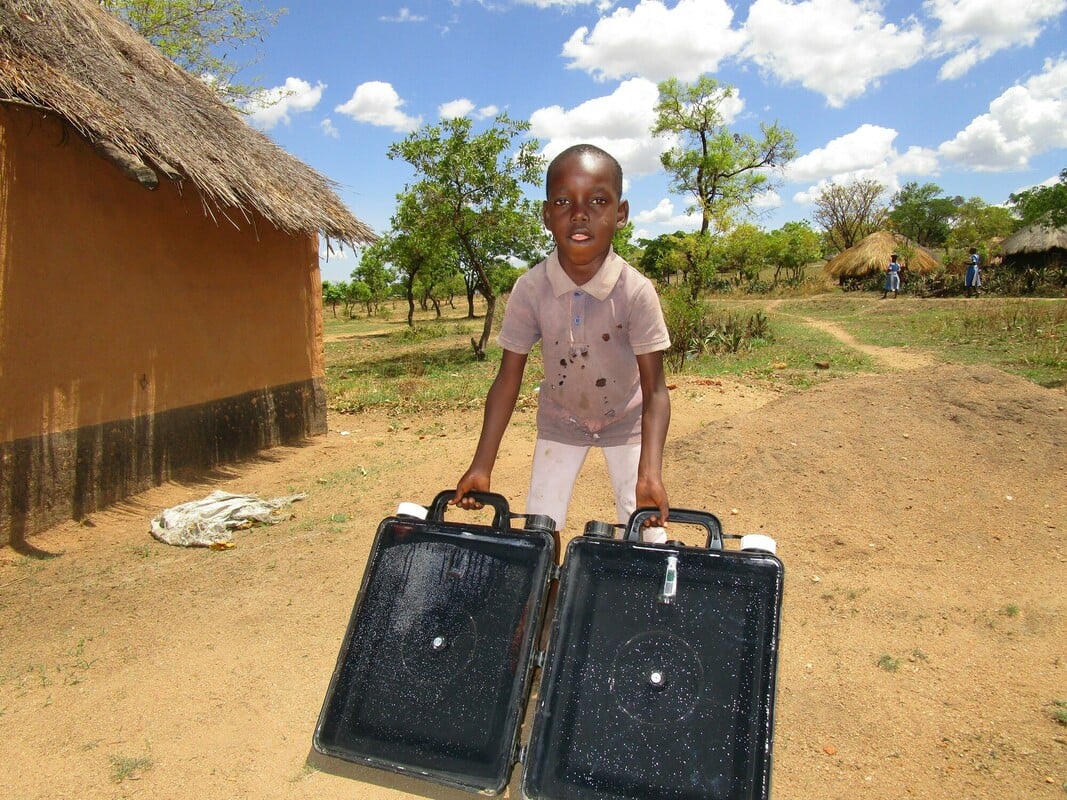
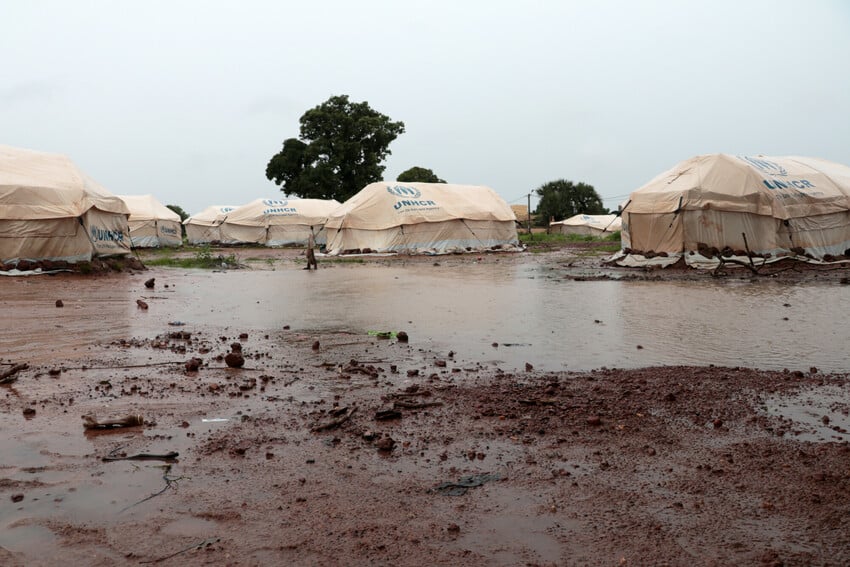

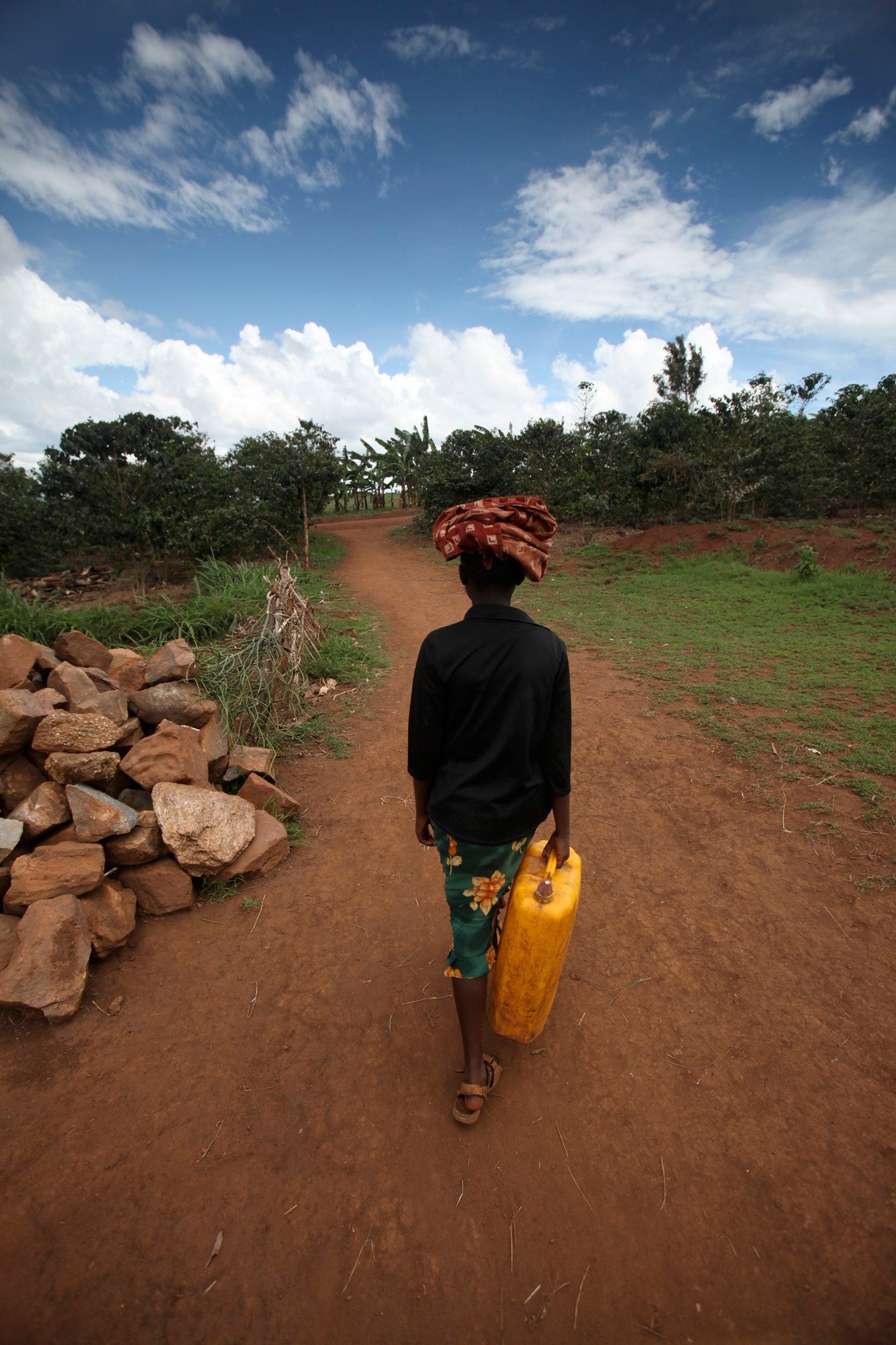
Wealthy countries, home to 15% of the global population, have contributed to 92% of historic greenhouse gas emissions
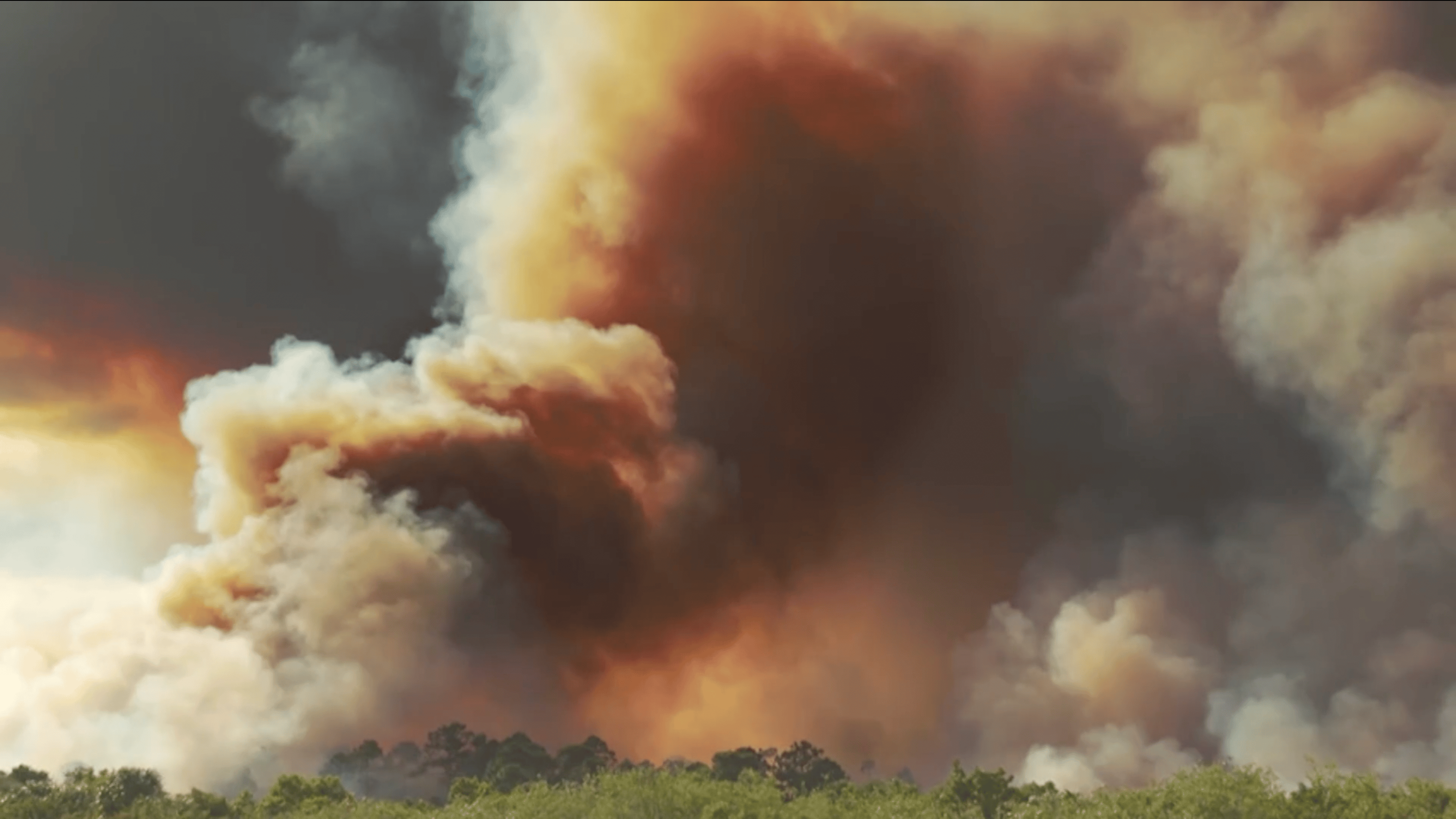
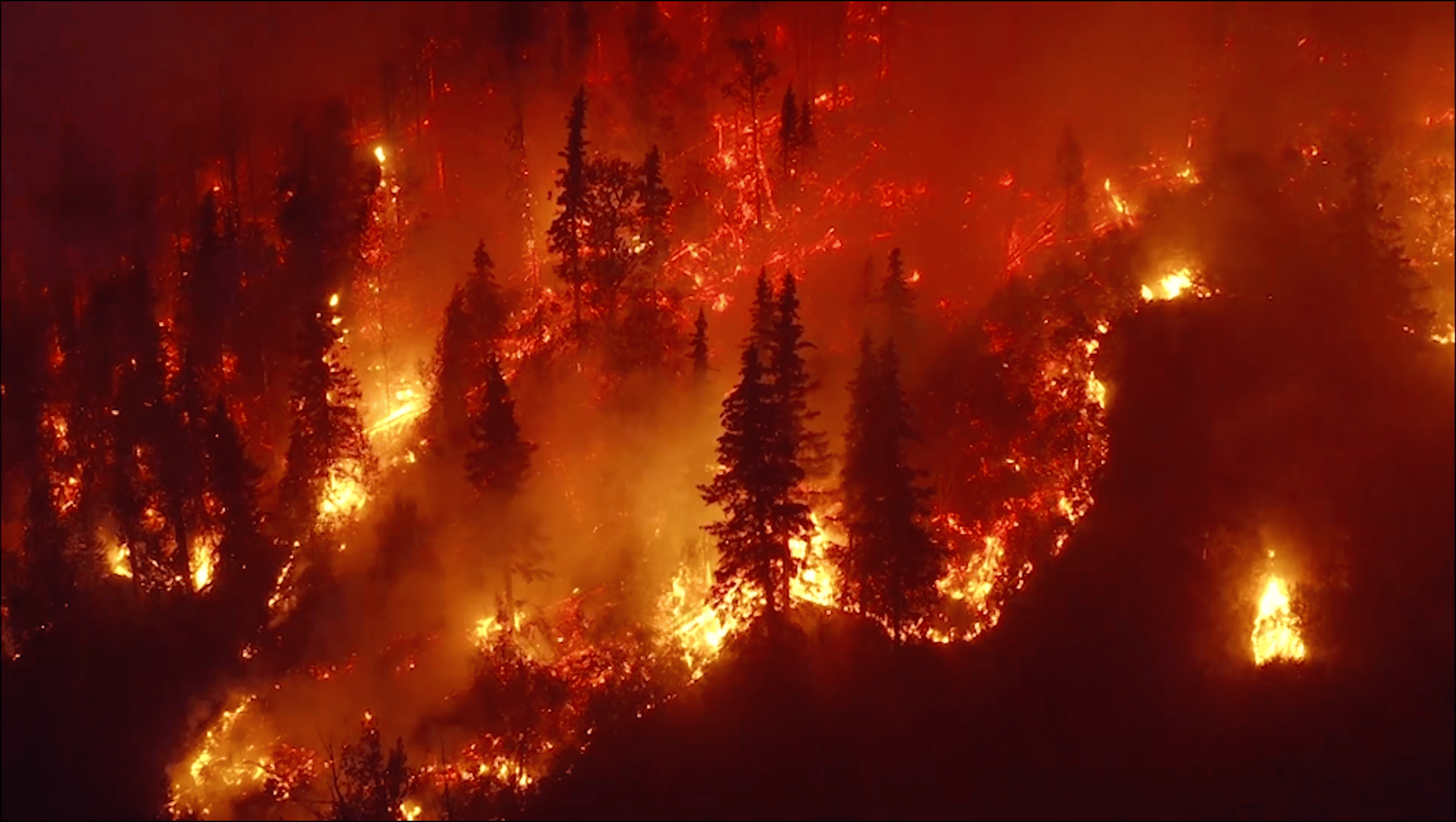
Between 1990 and 2015, the richest 1% of the world’s population was responsible for more than twice as much carbon pollution as the poorest 50% or 3.1 billion people

If temperatures rise by 4°C, the number of people pushed into extreme hunger could rise to a staggering 2.6 billion
Extreme weather events displace 20 million people every year, with women and children being the majority group impacted
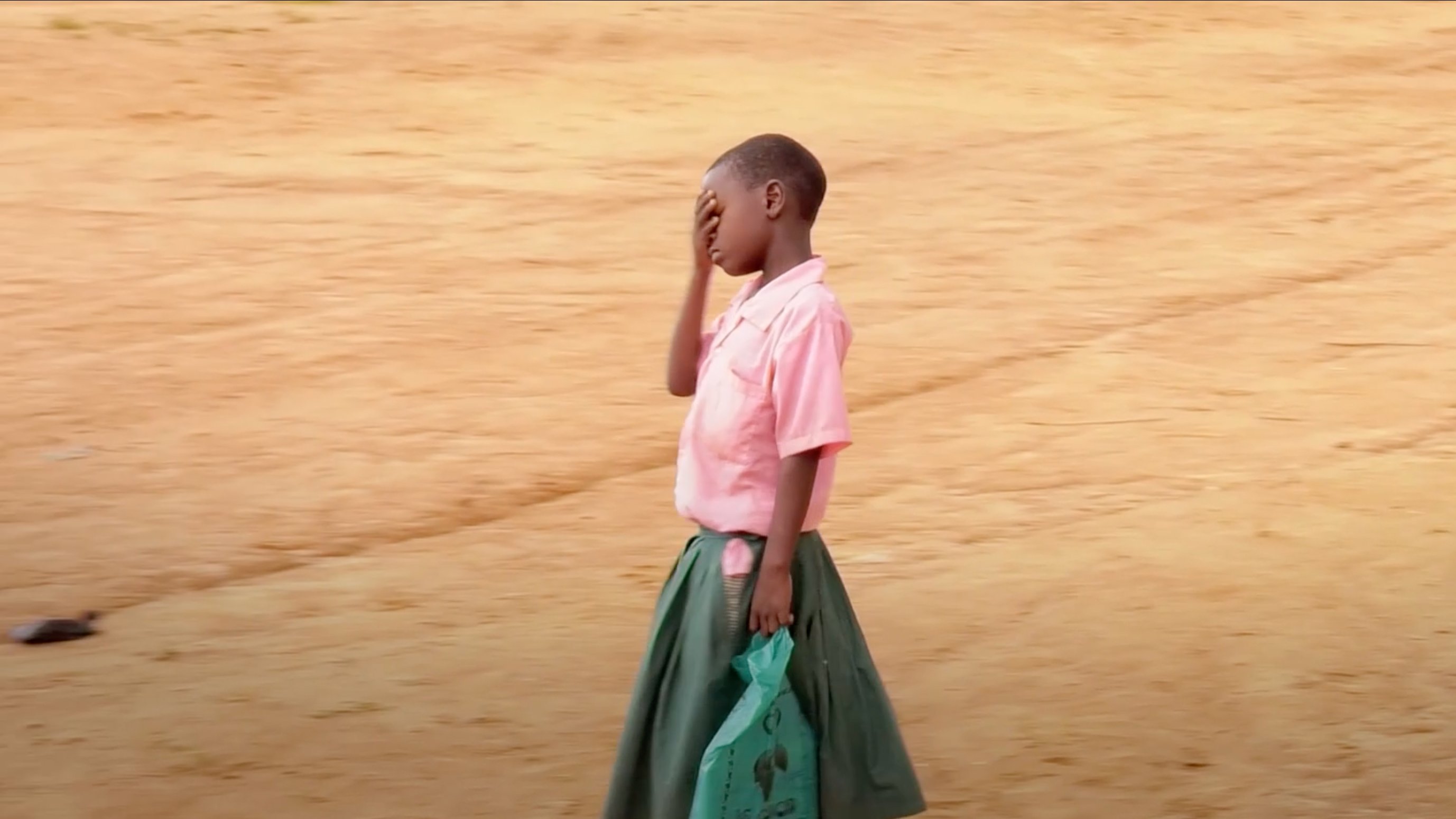
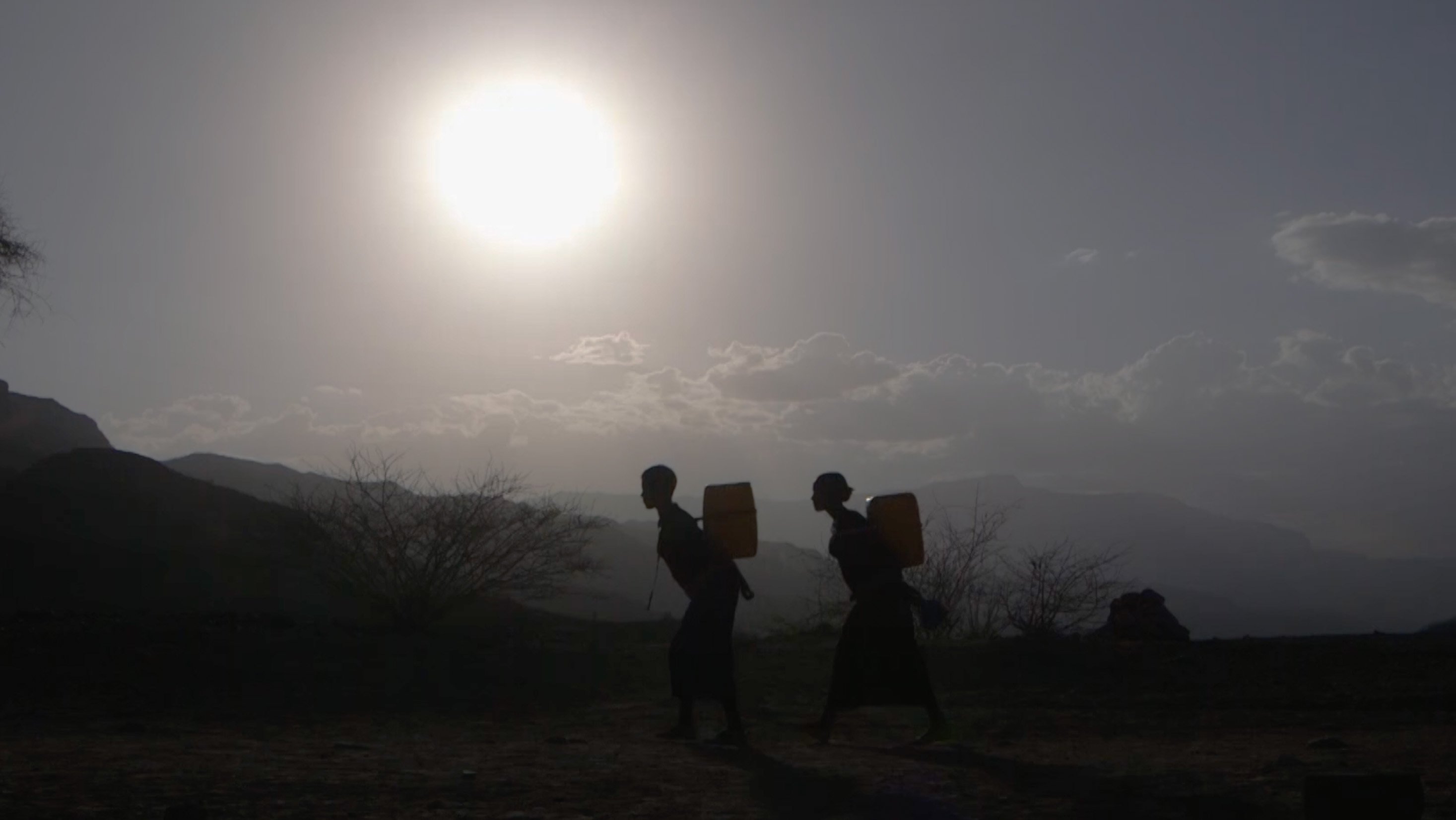

Climate change could push more than 200 million people to leave their homes by 2050
A child born in 2020 will experience two to seven times more extreme weather events than a child born in 1960

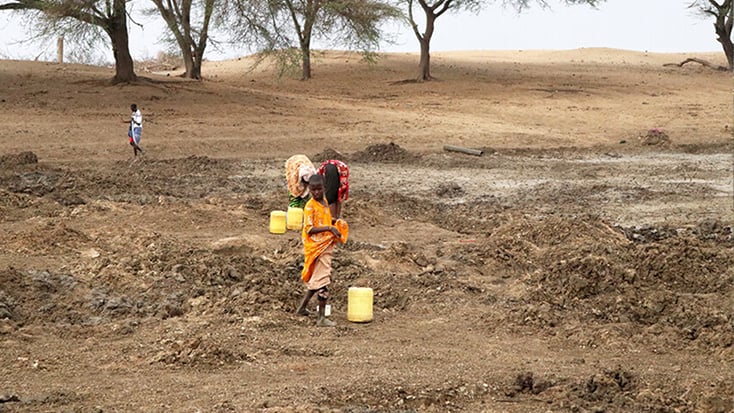




What you can do

Read the Report
From the Frontlines: Youth Call for Action to Address Loss and Damage Caused by Climate Change
Learn more
about how climate change and associated loss and damage is disrupting the daily lives and futures of girls Adolescent Girls in the Climate Crisis: Voices from Zambia and Zimbabwe


Get the Facts
Key facts on the impact of the climate crisis and loss and damage
Share on Social Media

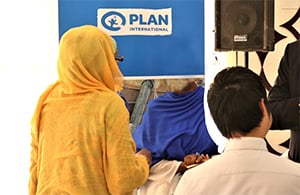
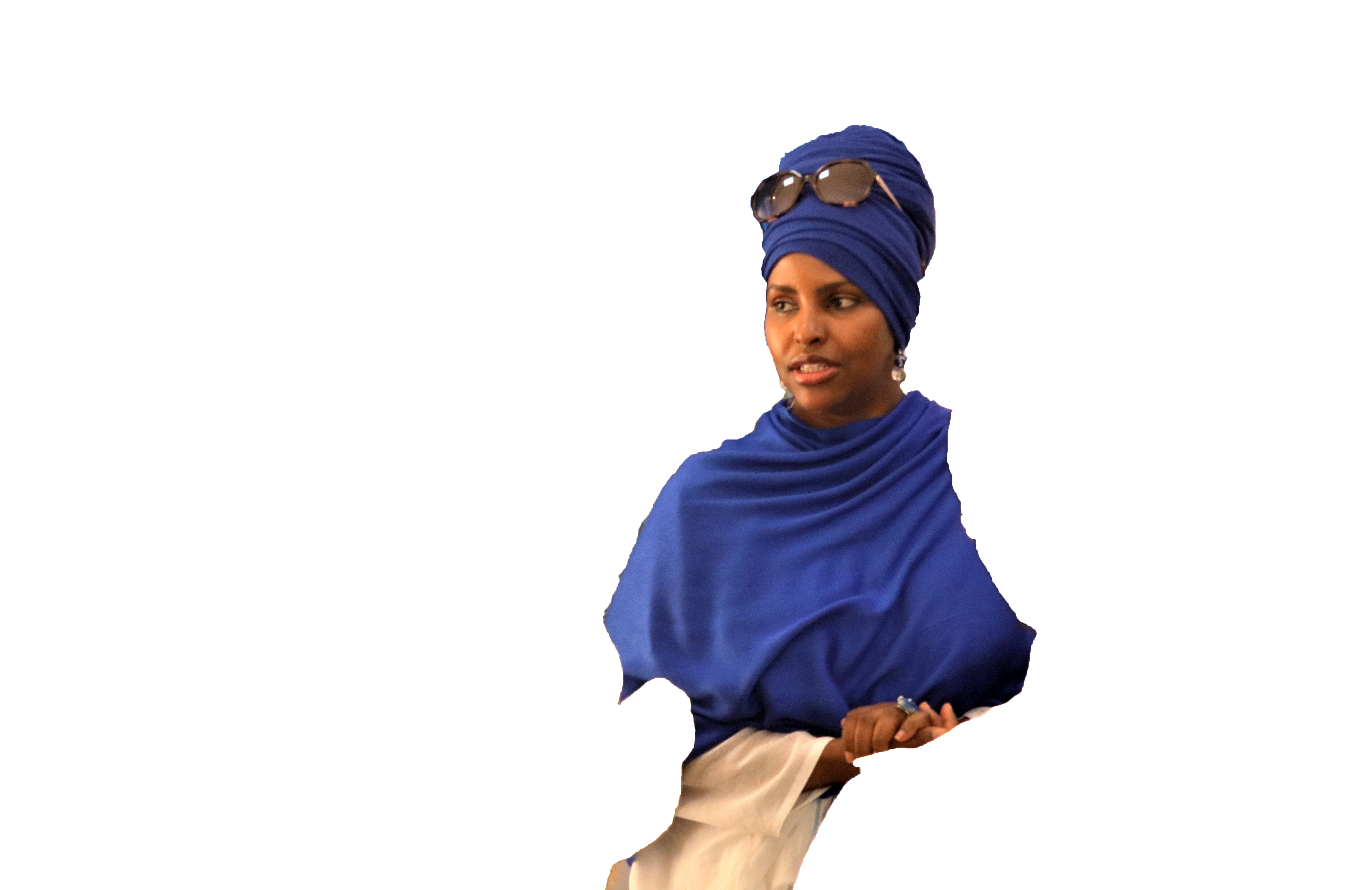


There is little doubt that the climate crisis is causing severe damage and irreversible loss to people and the planet. Extreme weather events, including floods, storms, droughts, heat waves and wildfires, are becoming more frequent and severe every year, leading to loss of life, land, coastlines, livelihoods, crops, livestock, ecosystems, biodiversity and infrastructure.
What is loss
and damage?
speaks to the consequences that can either be restored or repaired – for example, houses, schools, hospitals, roads, and bridges.
Damage





There is little doubt that the climate crisis is causing severe damage and irreversible loss to people and the planet. Extreme weather events, including floods, storms, droughts, heat waves and wildfires, are becoming more frequent and severe every year, leading to loss of life, land, coastlines, livelihoods, crops, livestock, ecosystems, biodiversity and infrastructure.
The world is in trouble, and the cost of climate change will be staggering, says the report.
By 2030, the financial cost of loss and damage for developing countries is estimated to cost $290 billion to $580 billion (USD) annually.
By 2050, that estimate is expected to balloon between $1 trillion to $1.8 trillion (USD) annually.
“The duty to act could not be more urgent. The rights and well-being of youth today, future generations and the planet are at stake,” writes Grace.
Why money talks in a new report on loss and damage
While much of Allin’s role involves meetings, paperwork and proposals as well as working with donors, UN agencies and government, she also schedules days when she can go out and talk to people about what is happening in their lives. “What we are seeing in the community is heartbreaking,” she says.
Allin has spoken to girls who had to drop out of school to help their families and girls who must travel farther and farther to find water, their risk of being assaulted or exploited increasing with every kilometre. She has also seen an alarming rise in FGM as people search desperately for any means of income and struggling parents rush to get their daughters married. Cutters go door to door – one even approached Allin, asking to cut her
two young daughters.
what is happening
in somalia right now
“Pakistan’s contribution to greenhouse gas emissions is less than one per cent, but it is among the top 10 most vulnerable countries to climate change,” Ullah says in a newly released report by Plan International Canada. “It is time to make the polluters accountable for the loss and damage they are causing in developing countries and to move from solidarity to responsibility.”
Ullah is just one of the stand-out youth voices in From the Frontlines: Youth Call for Action to Address Loss and Damage by Climate Change. The new report comes as world leaders are set to meet in Egypt on November 6 to 18 for the 27th Conference of the Parties to the United Nations Framework Convention on Climate Change (COP27).
“Catastrophic” is the word Irfan Ullah, a youth from Pakistan uses to describe the loss and damage Pakistan has suffered from climate change.
In June, torrential monsoon rains and record-breaking floods hit the South Asian country, resulting in the deaths of 1,719 people and forcing hundreds of thousands to relocate. Among the dead were 345 women and 641 children.
More than one-third of the country was left underwater. The United Nations estimates that the total price tag for the floods has climbed to $40 billion as waters damaged or washed away two million homes. Seven million women and children still require immediate access to food.
Catastrophic. Especially when you consider Pakistan’s role in climate change.
what is happening
in somalia right now

child and youth rights, gender equality and intergenerational equity as laid out in the Santiago Network on Loss and Damage, a directive that was established at COP25
Prioritize

youth, who are underrepresented in the consultation and implementation process of developing climate plans
Engage

countries and communities most affected by climate change by helping them assess their loss and damage risks and help develop action plans that take age, gender and intersectional considerations into account
Support
Read the full report here
Youth make four key calls for change at COP27


In my country, millions of people are threatened by coastal erosion. A lot of buildings have been lost, and many people have been displaced. World leaders cannot close their eyes to the obvious. Act on loss and damage financing now.
– Mamadou Sylla, Senegal


The coastal zone [in Bangladesh] is especially vulnerable to the effects of climate change. Although the loss of human life is minimized due to the early warning system, there is a significant amount of economic loss and loss of livelihoods, which is causing forced migration. Decreased availability of food has led to malnutrition, and school dropout rates have increased child labour.
– Fatema, Bangladesh


Youth make four key calls for change at COP27

Between 1990 and 2015, the richest 1% of the world’s population was responsible for more than twice as much carbon pollution as the poorest 50% or 3.1 billion people

If temperatures rise by 4°C, the number of people pushed into extreme hunger could rise to a staggering
2.6 billion

Extreme weather events displace
20 million people
every year, with
women and children being the majority group impacted

Climate change could push more than
200 million people
to leave their homes
by 2050

A child born in 2020 will experience two to seven times more extreme weather events than a child born in 1960



Loss and damage: By the numbers


Learn More
about how climate change and associated loss and damage is disrupting the daily lives and futures of girls Adolescent Girls in the Climate Crisis: Voices from Zambia and Zimbabwe

Get the Facts
Key facts on the impact of the climate crisis and loss and damage

Share on Social Media


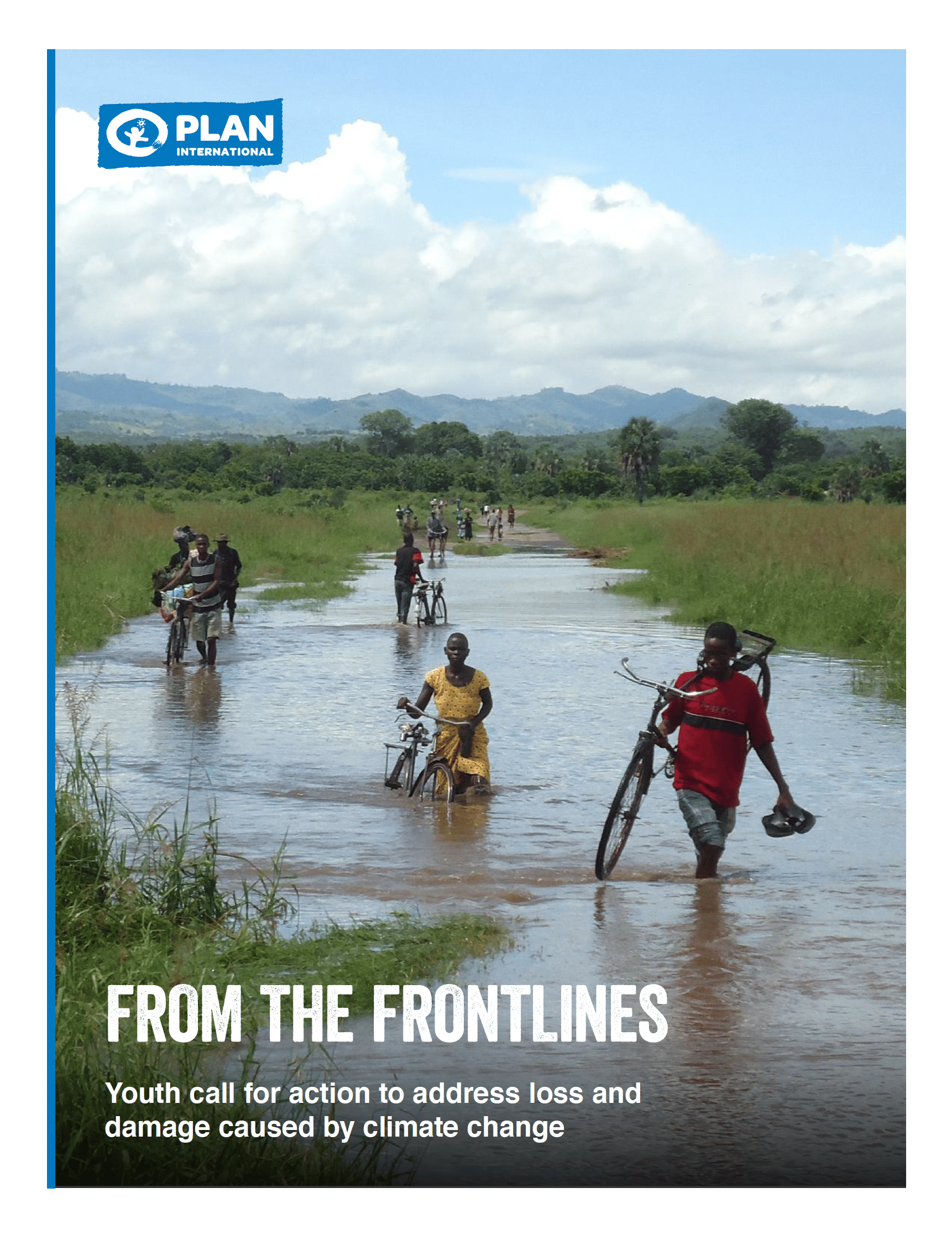
refers to consequences that are irreparable, such as loss of life, biodiversity, cultural heritage, and Indigenous knowledge.
LOSS



is a term commonly used by the United Nations to refer to the destructive impacts of climate change that cannot be avoided and go beyond what people and communities can adapt to. It can also refer to a community’s lack of access to funds or resources in a community to deal with loss and damage.
Loss and damage


Hover over the four recommendations to learn more


Report author Inez Umuhoza Grace talks about the urgent need for climate leadership